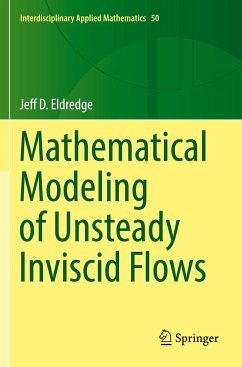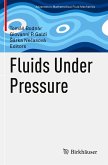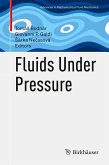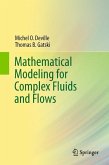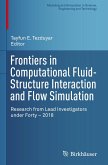This book builds inviscid flow analysis from an undergraduate-level treatment of potential flow to the level required for research. The tools covered in this book allow the reader to develop physics-based mathematical models for a variety of flows, including attached and separated flows past wings, fins, and blades of various shapes undergoing arbitrary motions. The book covers all of the ingredients of these models: the solution of potential flows about arbitrary body shapes in two- and three-dimensional contexts, with a particular focus on conformal mapping in the plane; the decomposition of the flow into contributions from ambient vorticity and body motion; generalized edge conditions, of which the Kutta condition is a special case; and the calculation of force and moment, with extensive treatments of added mass and the influence of fluid vorticity. The book also contains an extensive primer with all of the necessary mathematical tools. The concepts are demonstrated on several example problems, both classical and modern.
"This self-contained book is a good choice for graduate students or researchers with a solid background in potential flow theory who want to extend their knowledge beyond steady flows. It would be appropriate for self-study." (Sarah Patterson, MAA Reviews, April 5, 2021)
"The book is an excellent comprehensive introduction to inviscid ow modeling, which motivates the topic well, and provides the mathematical and physical background which will allow the reader to move far beyond the usual limited range of steady flow problems." (Michael J. Carley, Mathematical Reviews, January, 2021)
"The book is an excellent comprehensive introduction to inviscid ow modeling, which motivates the topic well, and provides the mathematical and physical background which will allow the reader to move far beyond the usual limited range of steady flow problems." (Michael J. Carley, Mathematical Reviews, January, 2021)

